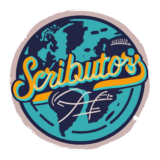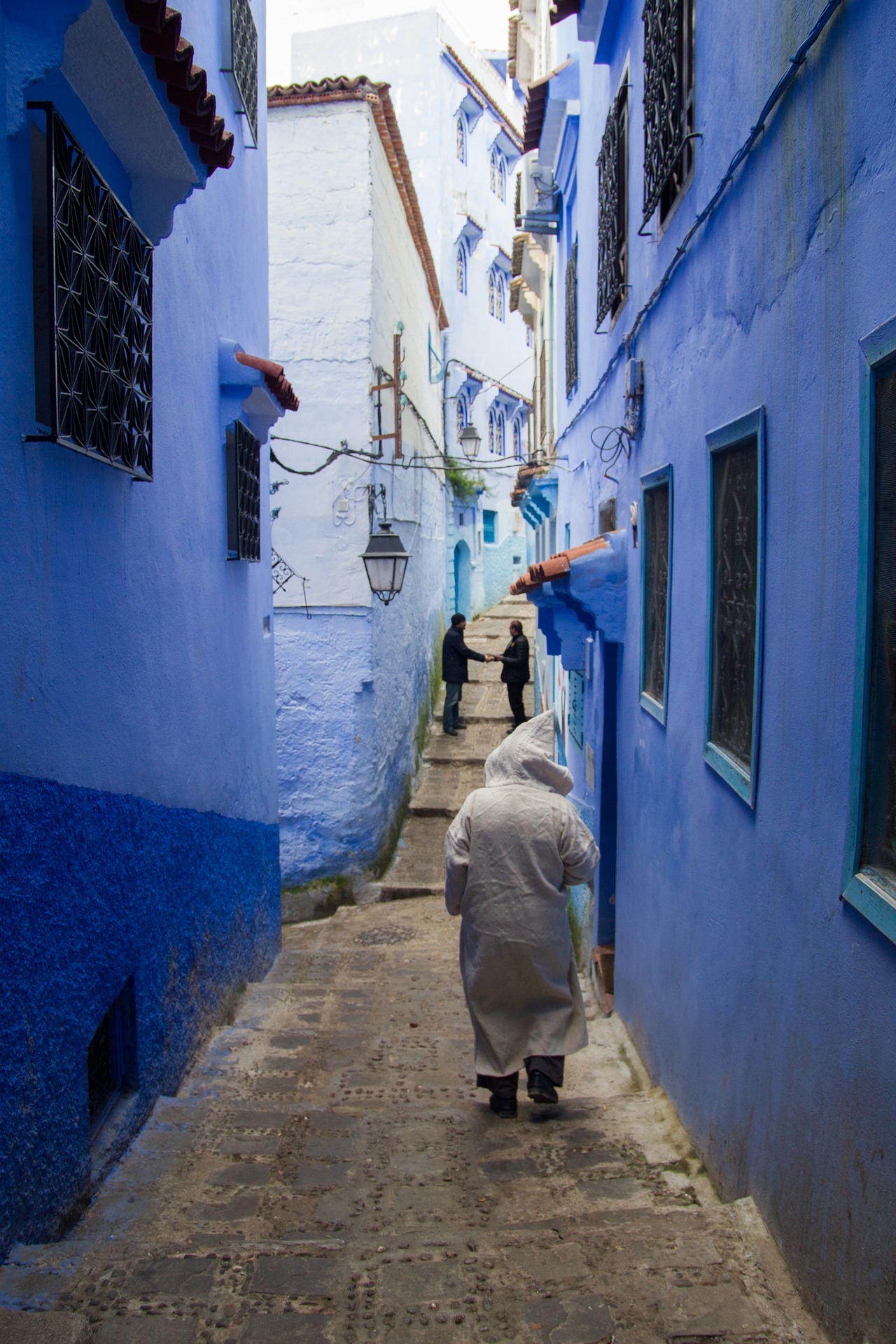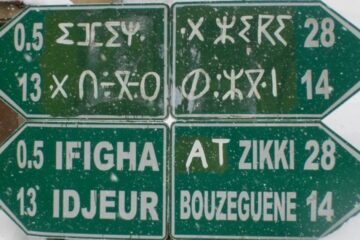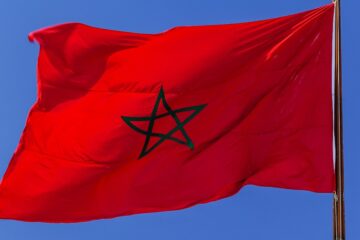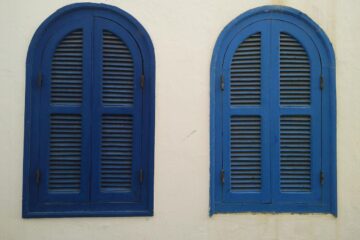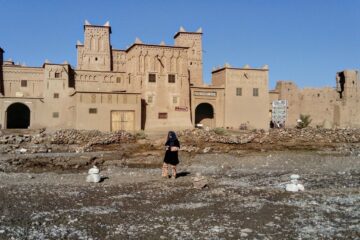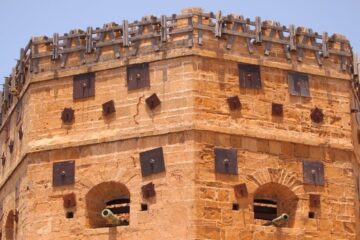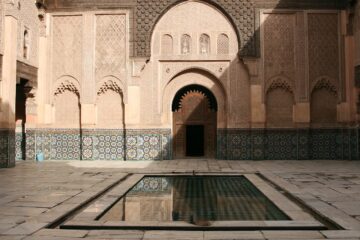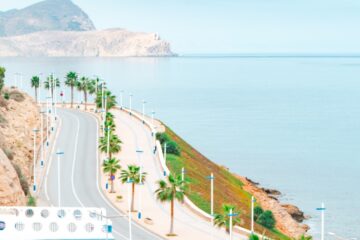Many cultures have a go-to wardrobe or item of clothing that is comfy, adaptable, and fashionable. The djellaba is a long Moroccan dress with sleeves and a hood that comes in hundreds of various forms. It can be worn by both men and women.
They often stretch all the way to the ground, however, some may be a bit shorter for ease of movement. Almost all djellabas feature a huge open hood, known as a Koob, that extends to a point in the rear.
In certain circumstances, the hood is utilized to keep the person warm or to shield the user’s face from the heat and dust. The hood isn’t typically used with nicer versions, but it’s still a vital traditional aesthetic feature.
What is the difference between the Djellaba, the Caftan, and the Gandora?
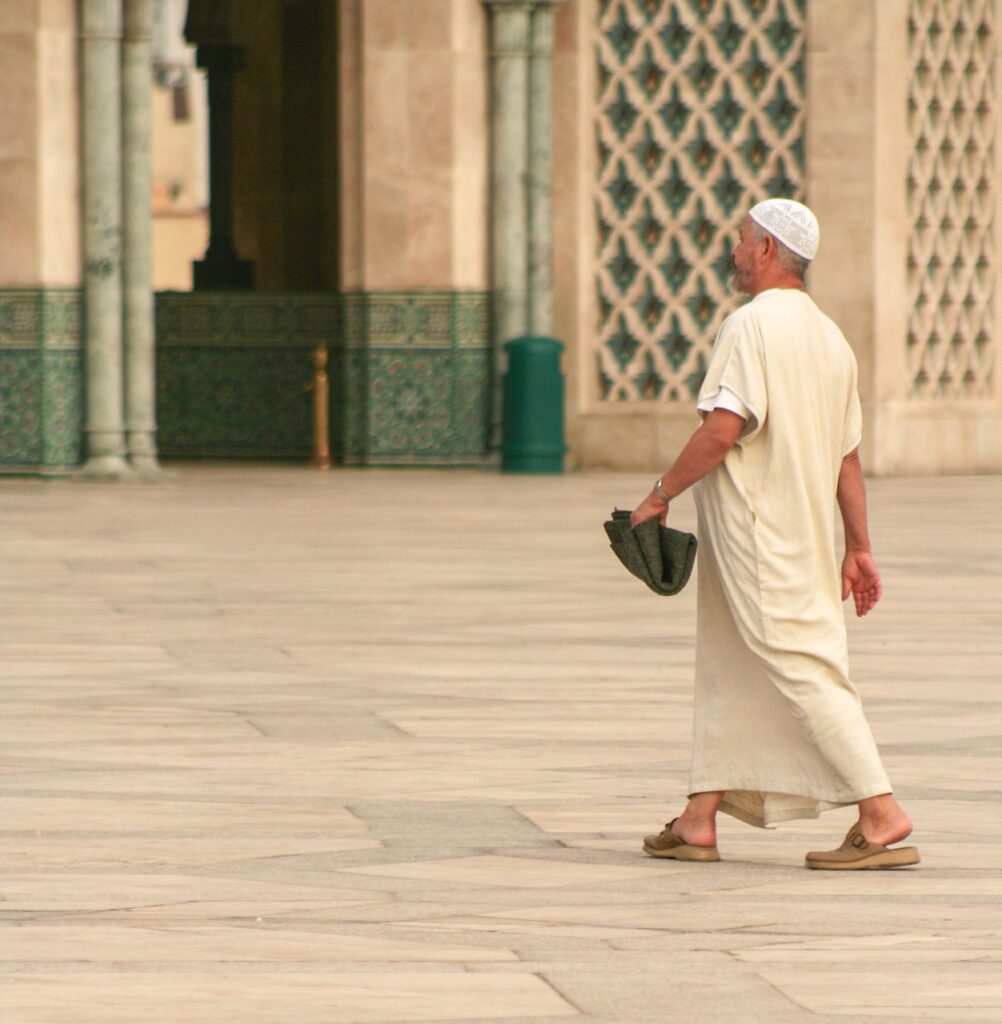
Djellaba is distinct from other popular Moroccan garments like Kaftan and Gandora. Kaftan, which is similarly long flowing gowns with sleeves but no hoods, is worn by ladies for formal wedding ceremonies and engagement events.
They are generally elaborate and comprise of two pieces: a bright lightweight slip and a heavier outer garment embellished with embroidery, sequins, or pearls. Many designs are paired with high heel shoes and eye-catching jewels and are complemented by a large ornamental belt.
Gandora is more simple and it is worn by both men and women. They are longer, without a hood, and may be short-sleeved and informal, or long-sleeved and formal for males.
Djellabas come in in the middle; it may be basic patterns with lightweight fabric for everyday wear, heavier material for winter conditions, or beautiful fabrics with detailed embellishments for special occasions, albeit not as ornate as a Kaftan.
Because of their adaptability, they are one of the most important things in Moroccan clothing.
The origin of the Moroccan Djellaba
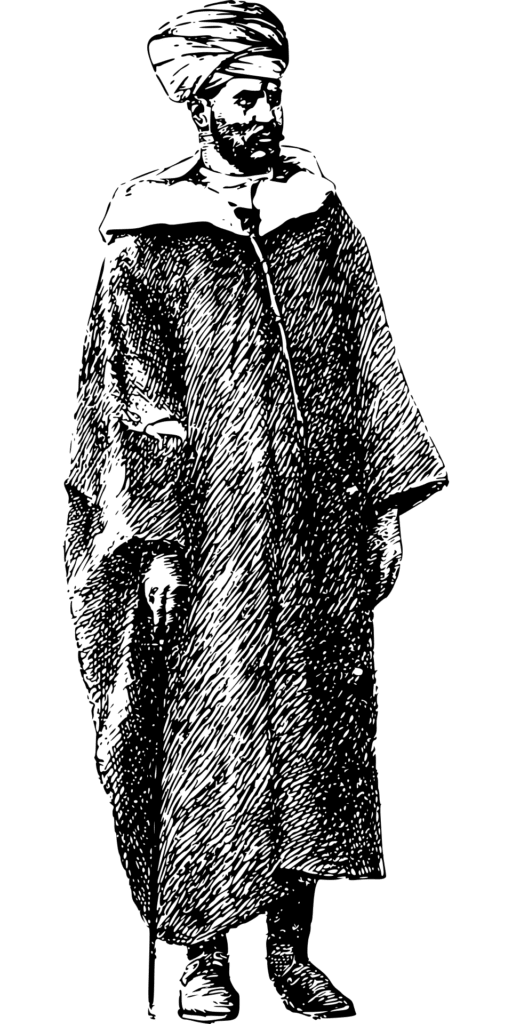
Originating in the Amazigh civilizations of Morocco and the whole North of the African continent, djellabas represent both locally accessible materials and area geography. Morocco has a diverse environment, ranging from frigid alpine villages with snow to sweltering deserts.
Many places in the country’s north suffer both scorching summers and cold, damp cold.
The most typical forms are simple cotton djellabas for summer usage and a coarsely woven wool variant for winter usage, frequently with black, brown, green, or white stripes created from local herd’s wool.
For some Amazigh groups, the color of the djellaba reflects the status of the wearer’s marriage.
The types of the Moroccan Djellaba
The majority of Moroccans now have access to a wide range of contemporary and imported fashion alternatives, yet djellabas continue to be hugely popular and their possibilities have multiplied. They are available in practically every material, including cotton, wool, silk, synthetics, and others.
The standard everyday attire for Moroccan ladies is a lightweight, bright Djellab with a contemporary, trendy style.
In the faiths of Morocco, modesty is highly valued, although women also strive to seem tidy and appealing.
Djellabas are the ideal option since they are long and flowy and available in a plethora of beautiful colors and designs with lovely decorations.
For instant convenience, throw on a djellaba over a pair of shorts and flip-flops in the summer, or a pair of leggings and a long-sleeved shirt in the wintertime, and you’re set for a trip to the shop, a chat with the neighbors, or a walk on the beach.
The more formal the event is, the more elaboration you’ll notice on female Djellabas, such as stitching and decorations on the front, details around the neck, and a beaded tassel on the hood top.
Even more precisely, polar fleece djellabas have been designed for lounging around the house. Even during wintertime, they are particularly popular among ladies as pajamas or loungewear.
Djellabas are also popular among men due to their easiness and comfort. During the wintertime, wool Djellabas remain fashionable. In the summertime, males may wear a cotton Djellaba over shorts before going to the mosques for worship or for formal events. In reality, Djellabas are one of Morocco’s oldest traditional celebratory attire for males.
The Moroccan Djellaba during special occasions
The traditional attire for males includes El Balgha, or yellow leather shoes, a red Moroccan cap, and a delicate cream-colored Djellaba for special events.
During religious festivals such as the Aid, it is common to see the King of Morocco and other royal members wearing these garments.
Additionally, they may be utilized for marriages, condolences, and other significant occasions. Men’s Djellabas are not as colorful as women’s; they are mainly black, brown, gray, or green, with little stitching around the neck.
The djellaba’s popularity has spread beyond Morocco recently due to its practicality and chicness.
Elegant djellabas are worn on the red carpet on occasions in Morocco and elsewhere, and instructions for making your own cozy Djellabas for children can be found on the internet.
